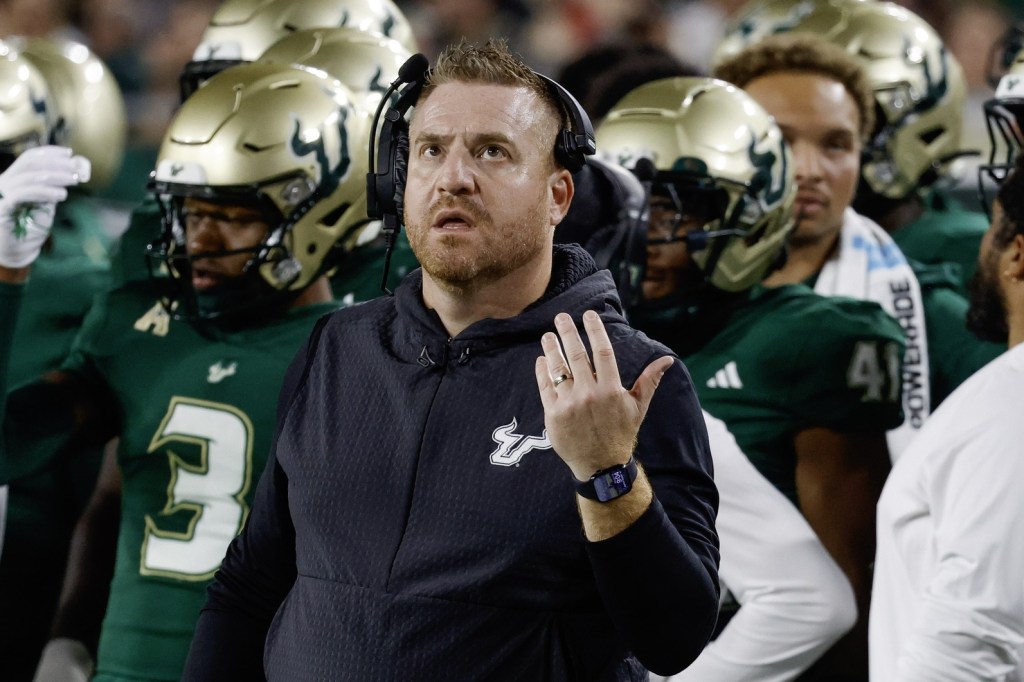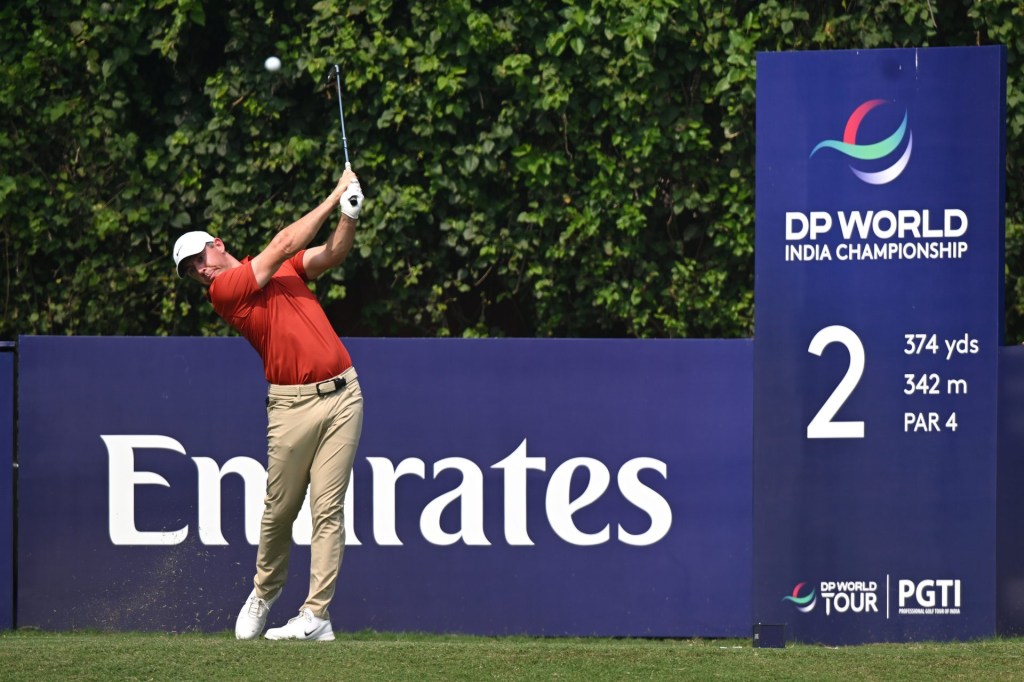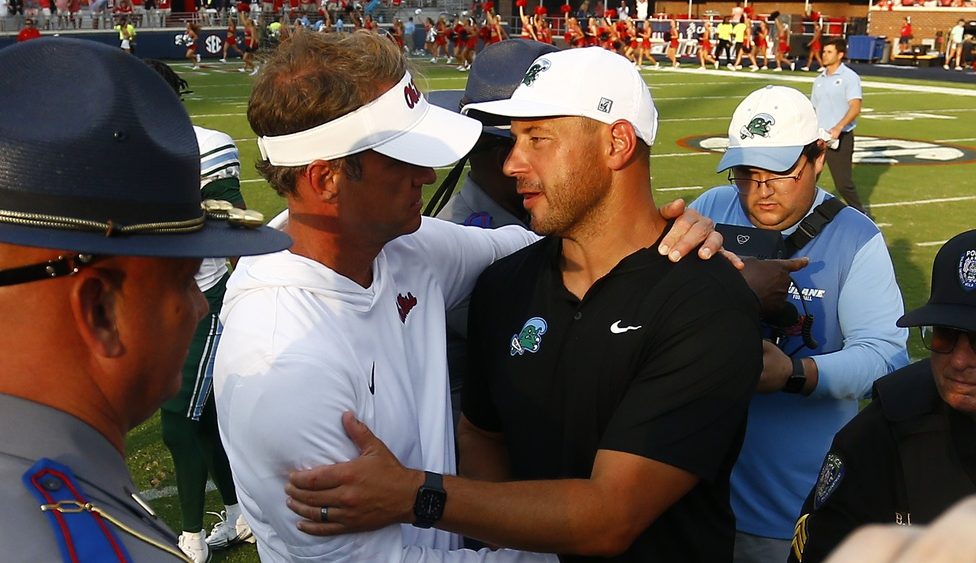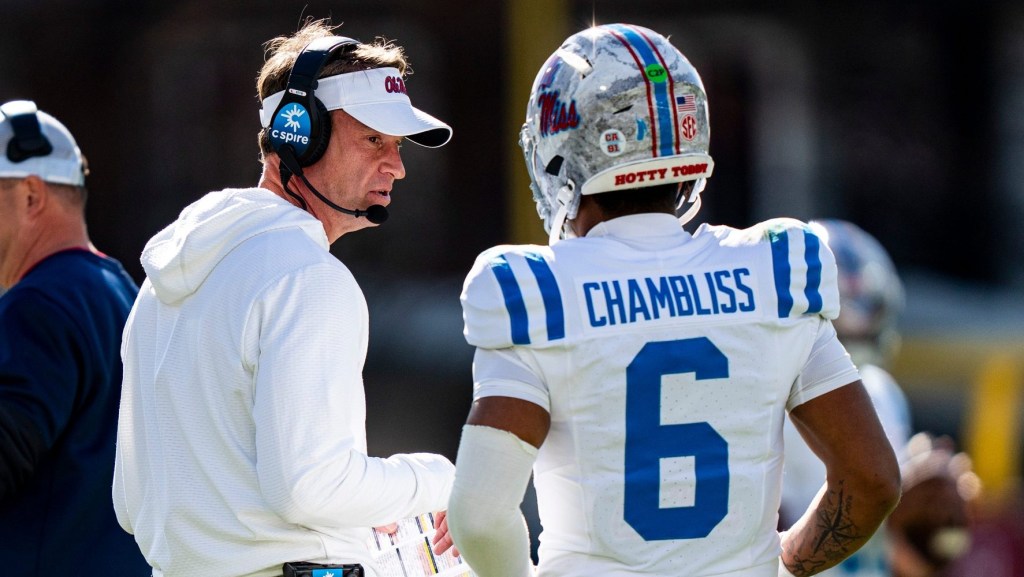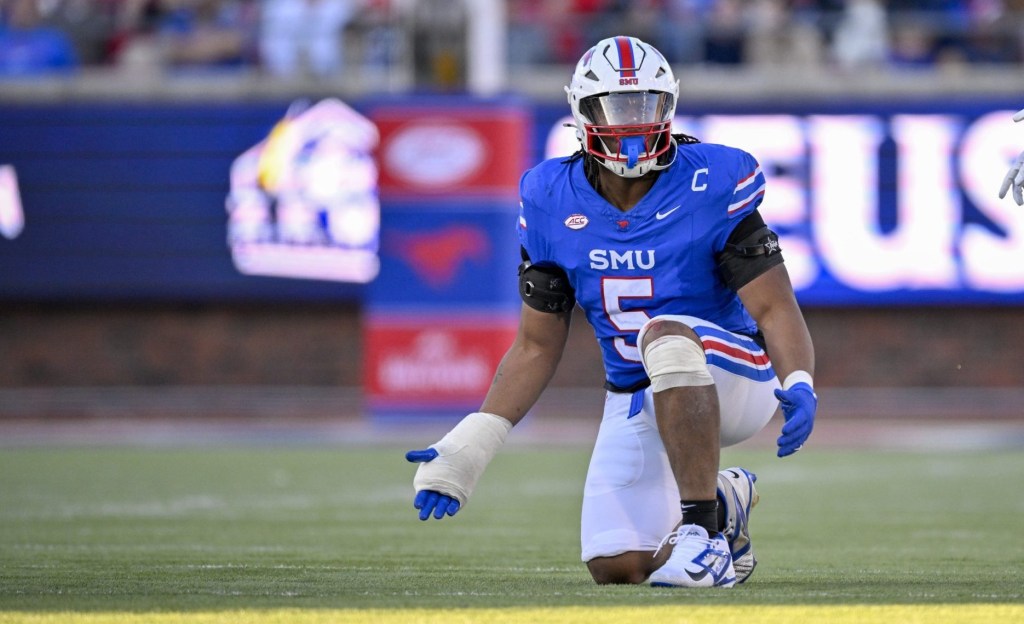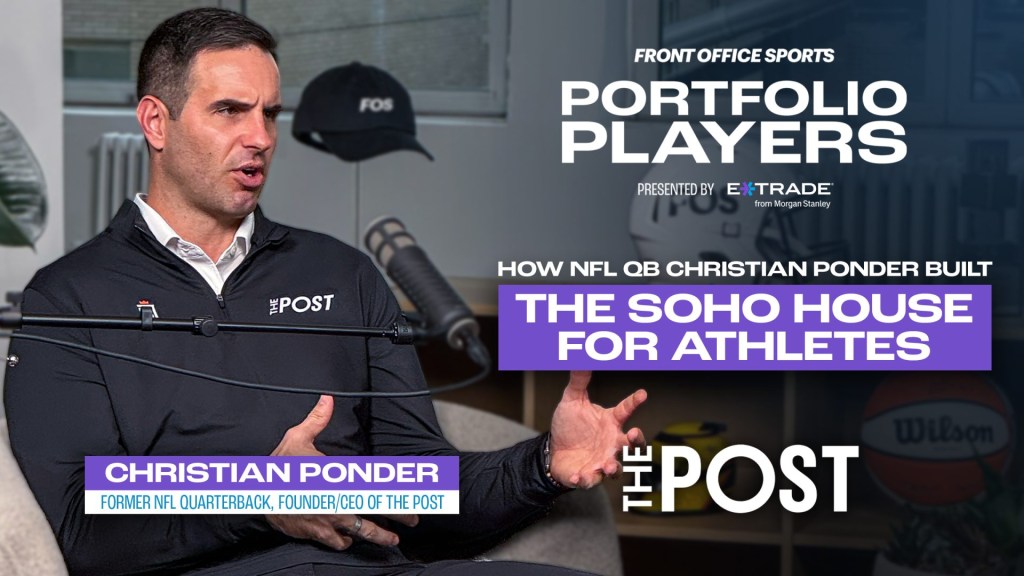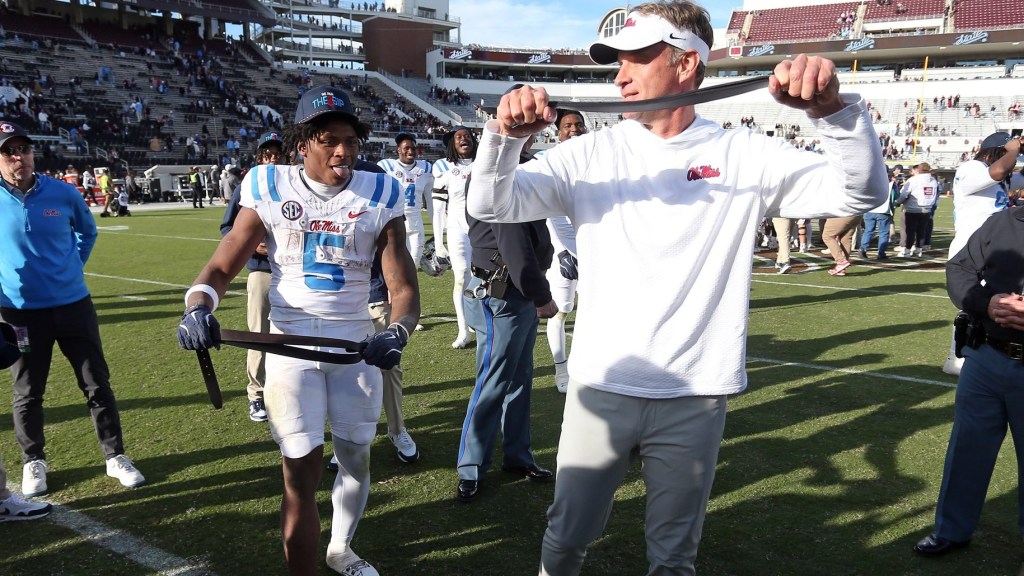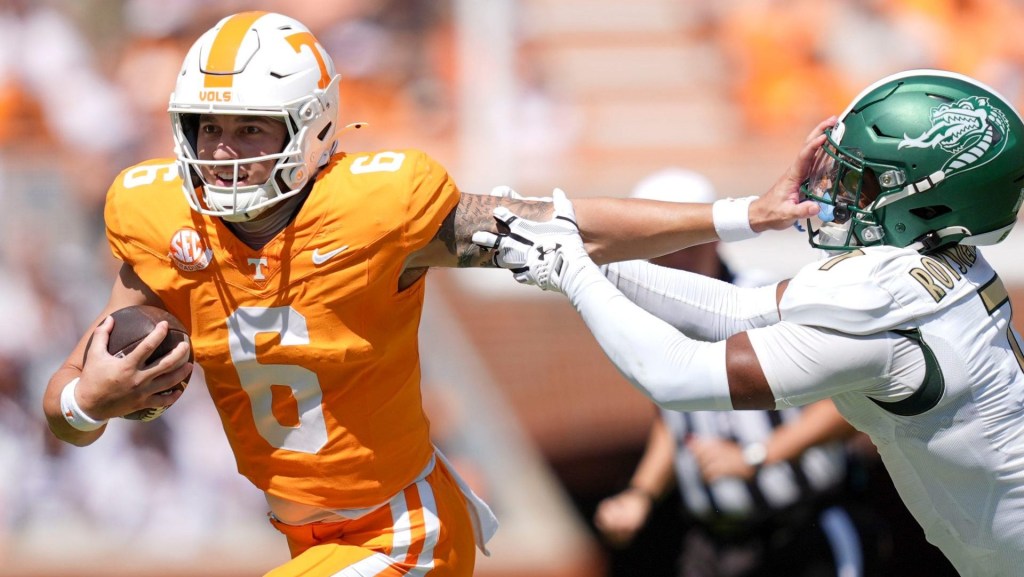Since the House v. NCAA settlement was introduced last year, dozens of Division I Olympic sports programs at colleges have been either cut or consolidated.
The latest cuts came Tuesday, when the University of Louisiana Monroe announced it would slash women’s tennis, and Washington State announced it would consolidate its track and field program. Just last May, American Volleyball Coaches Association executive officer Jaime Gordon said during a Knight Commission panel that 32 Division I Olympic sports programs have been cut since the House settlement was announced. In addition, St. Francis, decided to move 22 of its D-I programs to D-III because it couldn’t afford the settlement terms.
For years schools have cautioned that paying players would be the downfall of Olympic sports. Their reasoning: They would be forced to pull money from their Olympic sports to fund revenue-sharing with athletes. Now, some programs appear to be making good on that threat.
In some cases, schools have outright used the House v. NCAA settlement as justification to cut Olympic sports programs. In others, they’ve vaguely cited budget decisions or new competitive focus.
Schools can currently only go so far in cutting sports programs, though, given that the NCAA imposes sport sponsorship minimums to remain eligible. The FBS-eligibility minimum is 16 sports, for example. But many programs are well above that limit, especially in the power conferences—leaving plenty of programs vulnerable.
“We are concerned that the new financial obligations placed on schools will force administrators to divert their attention and resources away from non-football and non-basketball sports – the programs where the majority of NCAA student-athletes participate,” the coaching associations for volleyball, wrestling, track and field, and swimming and diving wrote in a joint statement after the settlement was approved. “This is no hypothetical. Budget cuts and program eliminations have already taken place in anticipation of today’s outcome, and more are likely to follow.”
Neither of the two programs cut this week (ULM women’s tennis and WSU field) explicitly mentioned the settlement in their statements. But both schools will likely incur extra costs due to the House settlement.
It’s still a bit early to determine which sports might be the most impacted.
Seven tennis programs have been cut in the past 12 months, according to Intercollegiate Tennis Association CEO David Mullins, who described the sport as “in the crosshairs” of the House settlement budget cuts. “Obviously, one is too many,” he says. But he notes that because tennis boasts hundreds of men’s and women’s programs nationwide, the overall health of the sport may not be severely damaged by losing a few programs. For instance, men’s beach volleyball, which only has a few dozen teams across the country, may be more at risk.
Nick Lieggi, legislative manager at the US Track and Field and Cross Country Coaches Association, tells FOS that diving teams on swimming and diving programs and field programs on track and field teams could be hit hard too. “Schools can drop their jumping and throwing program or their diving program, getting rid of the relevant coaches and athletes, without having to worry about their sport sponsorship numbers,” he says.
Overall, though, it’s unclear to what degree these cuts result from a real budget squeeze stemming from the House settlement, or if the settlement is being used as a scapegoat.
The settlement, which was approved June 6, undoubtedly creates new costs for schools: The program allows for revenue-sharing with players up to $20.5 million this year, as well as increased scholarship opportunities. It’s also expected to reduce the annual distributions all D-I conferences receive, as the NCAA covers damages. Though not required, schools have spent money on salary cap managers and GMs, as well as GM software.
But many Olympic sports don’t often cost much—and are often just a sliver of the expenses in athletic departments that generate eight or nine figures per year. Grand Canyon University, which will opt into the settlement, decided to cut its wildly successful men’s volleyball program due to changes in college sports last week. But former players and coaches both told FOS at the time that they didn’t understand how cutting their sport, which had a budget of just $300,000 and wasn’t planning on receiving extra revenue-sharing benefits, would make a significant dent in GCU’s $30 million annual budget.
“I think some of the cuts and consolidations we’ve seen were maybe in the works for the last several years, and this is a good excuse or cover,” Mullins says.
Meanwhile, Olympic sports coaching associations are making their own moves. Several have hired FGS Global to lobby for them on Capitol Hill. The day after the House settlement was approved, they released a statement saying: “Congress must intervene to address these pressing issues and ensure a balanced, equitable path forward for all student-athletes, including the protection of existing requirements of schools to maintain robust sport sponsorship and meaningful allocation of resources for non-football and non-basketball programs.”


